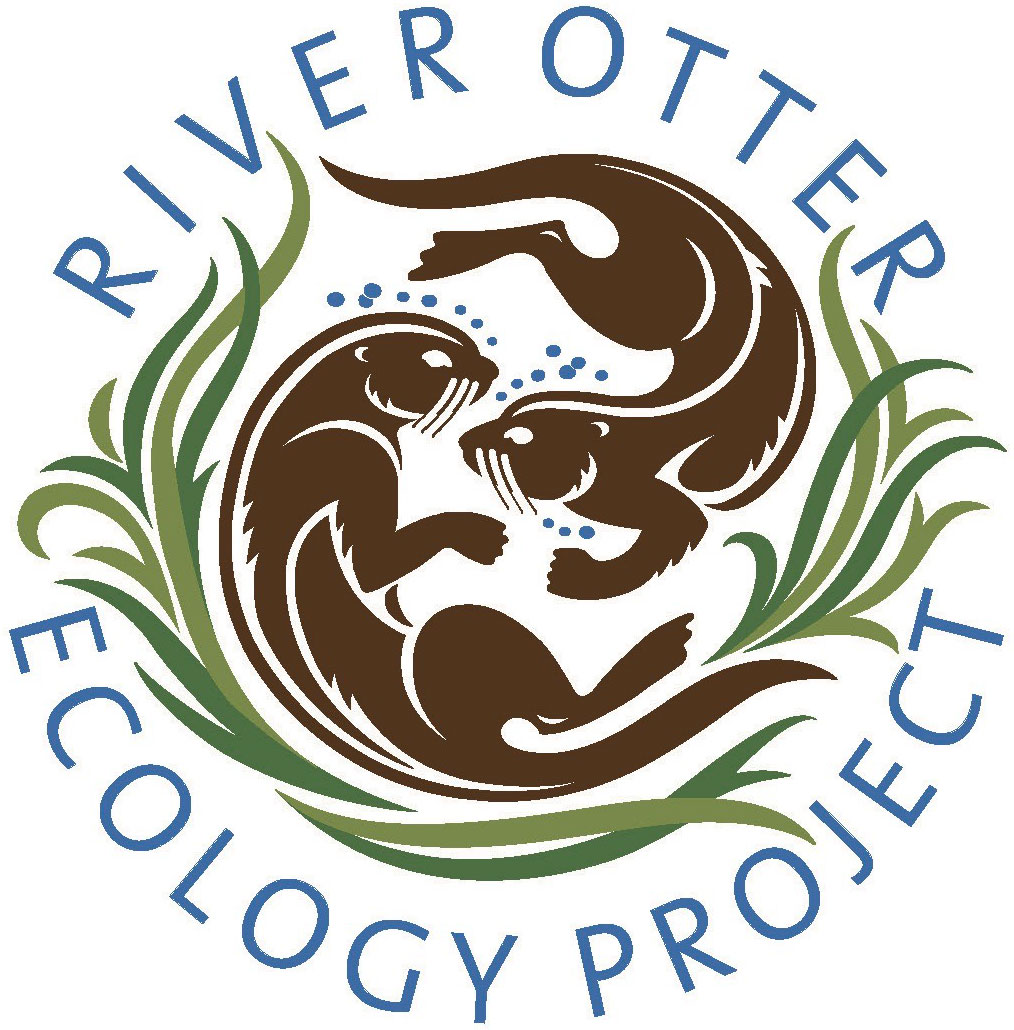Focused Research
Our research helps to fill a gap in understanding of the range, reproduction, diet, health and general ecology of river otters in the San Francisco Bay Area and beyond. This information helps inform conservation strategies, including restoration projects and toxic spill response, and sheds light upon climate change effects on both otters and their food web. Because river otters are an indicator species, meaning their presence and health offer us information about the health of their watersheds, information we gather about their populations helps us better manage our shared watersheds.
Since 2012, we have used crowd-sourcing, participatory science and a combination of technologies we adapted to help gather data and educate participants to document river otter presence in the San Francisco Bay Area, and now throughout the United States. We monitor the recovering population of river otters in a focal study area in Marin County, CA. Camera trapping is a relatively inexpensive method of collecting information on the abundance, pup emergence, and behavior of river otters, because it can be done with trained volunteers.
Our field research is conducted by trained field and lab volunteers. We’re dedicated to community science, and offer extensive training in field and lab techniques, habitat surveying, field sign and documentation to help our volunteers provide us with the data and samples we need to accomplish our research goals.
Camera Trapping
River otters are more than cute and adorable. Their natural history and prey habits make them sentinels of environmental contamination. Their presence, absence, health and fertility can offer us important information on the health of the watershed in general, as well as of conditions in the watershed that affect not just wildlife health, but human health as well.
Long-term monitoring of a particular area using non-invasive camera traps is becoming a well-known and popular method of discovering where and how a species is doing. When ROEP began our project in 2012, we studied an area of Marin County coast and Tomales Bay. Our study area has grown to a >225km stretch of coastal, Bay, river and lake area in Marin and Contra Costa counties.
Using an array of wildlife video cameras placed at otter crossings and latrine sites, we’re able to document river otter population estimates, number of young born and their survival, behavior and interactions with other wildlife. Using statistical analysis, we are beginning to tease out the conditions that may affect whether otters thrive in particular areas, or whether their populations are likely to decrease during the next 5 to 10 years.
RESULTS
- Our audio calls are in use in the International Union of Conservation of Nature’s audio library on otter calls.
- Our population numbers and range information is used by stakeholders to help make management decisions, particularly in regard to endangered species like salmonids.
- Our videos and photos of river otters are used to help engage the wider community in support of watershed health and wetland restoration.
- Our Hands-on High School education program involves students in project-based outdoor learning. Students collaborate with us on camera trapping, scat collection, and prey species analysis.
- Our information about population hot spots and otters is used in oil spill planning and response.
Scat Collection for Genetic Analysis, Prey, and Health Studies
Collecting poop is most certainly not glamorous, but it offers us a wealth of information on otter and watershed health, species found in the watershed, otter population numbers, range and behaviors.
Laboratory analysis of otter fecal samples provides us with important information on what species otters prey on, during what seasons, and can offer information on changing watershed conditions. We’ve just finished a study on prey species in two very different habitats within the San Francisco Bay area. Please see Seasonal Food Habits of the North American River Otter (Lontra canadensis) in Point Reyes National Seashore and Peyton Slough Wetlands Complex.
Genetic analysis of river otter scat (poop) can begin to give us information about where the otters came from as they repopulate areas where they had been scarce or nonexistent for decades. How river otters move through watersheds is important to help us understand how best to manage for their continued health and safety.
In partnership with The Marine Mammal Center, we conduct a Vibrio, Salmonella and Aeromonas surveillance program. Each year The Marine Mammal Center tests fecal samples from our focal study sites to determine whether these bacterial diseases, that can affect humans as well as otters, are present.
RESULTS
- 1 species of Aeromonas discovered
- 4 species of Vibrio discovered, one never before documented in river otters
- No Salmonella discovered in any samples
The River Otter Ecology Project is a registered 501 (c)(3) EIN #45-4997526 non-profit organization dedicated to the welfare of river otters and our watershed. Our organization is not affiliated with any other otter-related research group or community outreach organization.
© 2024 River Otter Ecology Project
